The latest earthquake had a magnitude of 4.0, occurring in Mang But commune, Quang Ngai province at 11:49:30 on October 6, coordinates 14.857 degrees North latitude, 108.143 degrees East longitude. The focal depth was 8.1 km, disaster risk level 0. On October 5, there were also 10 earthquakes in this area.
Explaining the cause of the consecutive earthquakes, Dr. Nguyen Xuan Anh, Director of the Earthquake Information and Tsunami Warning Center, said that these are stimulated earthquakes, usually of weak or medium intensity, and rarely cause serious damage like natural tectonic earthquakes.
A induced earthquake is an earthquake that is caused by human activity, not by natural tectonic processes. The most common cause of induced earthquakes is the filling of large hydroelectric reservoirs. When a huge amount of water is filled into the reservoir of a hydroelectric dam, this water creates a huge pressure on the underlying soil and rock. The water can seep into the fault zones in the ground, changing the stress state, increasing pore pressure and reducing the shear strength of the rock. This can activate existing but "dormant" geological faults, causing an earthquake.
In addition, large-scale mining can also change the geological structure, causing subsidence and triggering earthquakes due to the process of injecting liquid into the ground. Large underground explosions for underground nuclear testing are also the cause of stimulated earthquakes.
Scientists say that induced earthquakes are usually weak or medium in intensity, rarely causing serious damage like natural tectonic earthquakes; there may be a pre-seismic period, that is, many small earthquakes occur continuously before the main earthquake. Seismic activity can last for a certain period of time (from several months to several years) after the stimulating activity occurs, then gradually decrease.
In Vietnam, induced earthquakes are often recorded in areas with large hydroelectric reservoirs such as Song Tranh 2 (formerly Quang Nam ) or Kon Plong (formerly Kon Tum). These earthquakes, although usually not too large in magnitude (magnitude below 5.5), occur continuously, causing tremors and somewhat affecting people's lives. It is predicted that induced seismic activity in these areas can last for many years.
Data from the Institute of Earth Sciences shows that from April 2021 to now, hundreds of earthquakes have occurred in these areas, many of which caused felt tremors. The strongest earthquake in Kon Plong occurred at noon on July 28, 2024, with a magnitude of 5.0. This is considered the strongest earthquake ever in this area, causing tremors felt in many neighboring provinces and cities such as Da Nang and Ho Chi Minh City.
Source: https://baotintuc.vn/xa-hoi/tiep-tuc-xay-ra-dong-dat-kich-thich-tai-quang-ngai-20251006135957725.htm








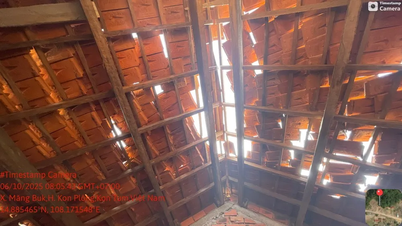

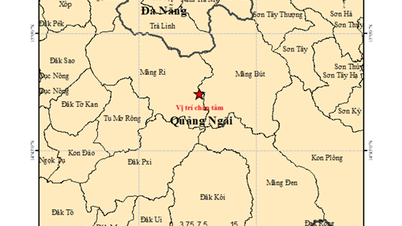
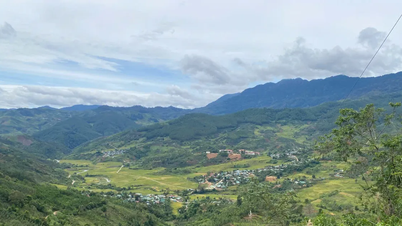
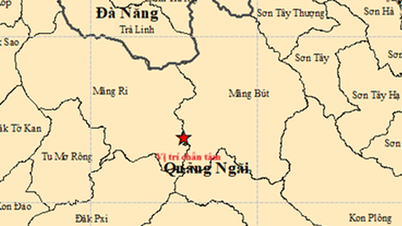


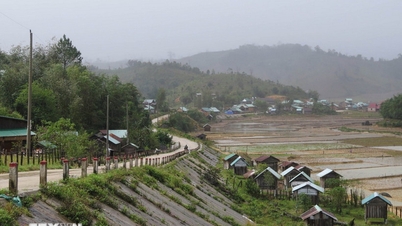
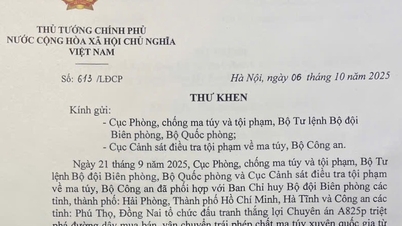
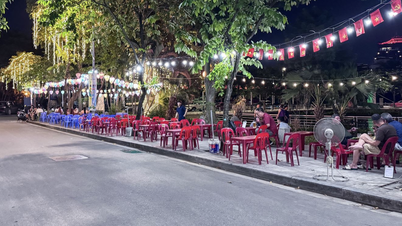

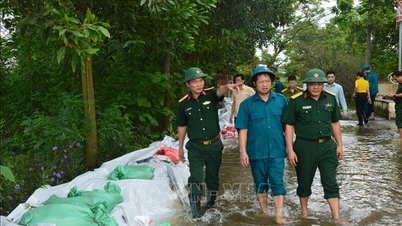




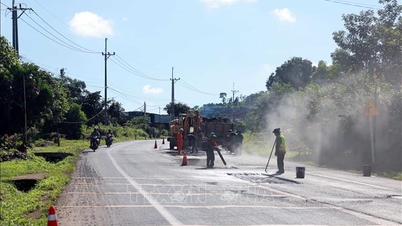
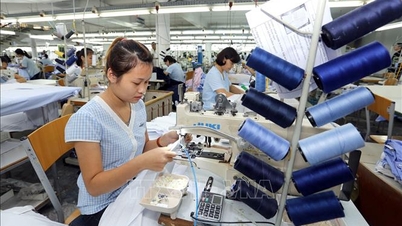


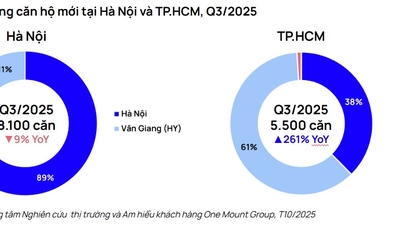












































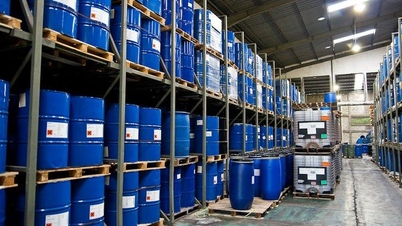























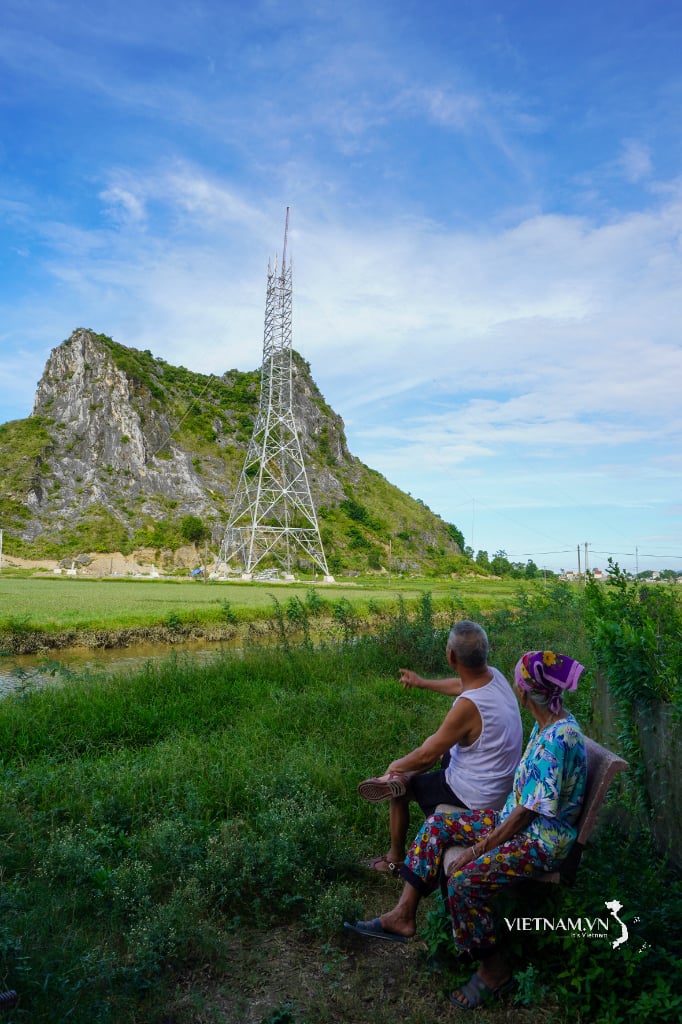
Comment (0)